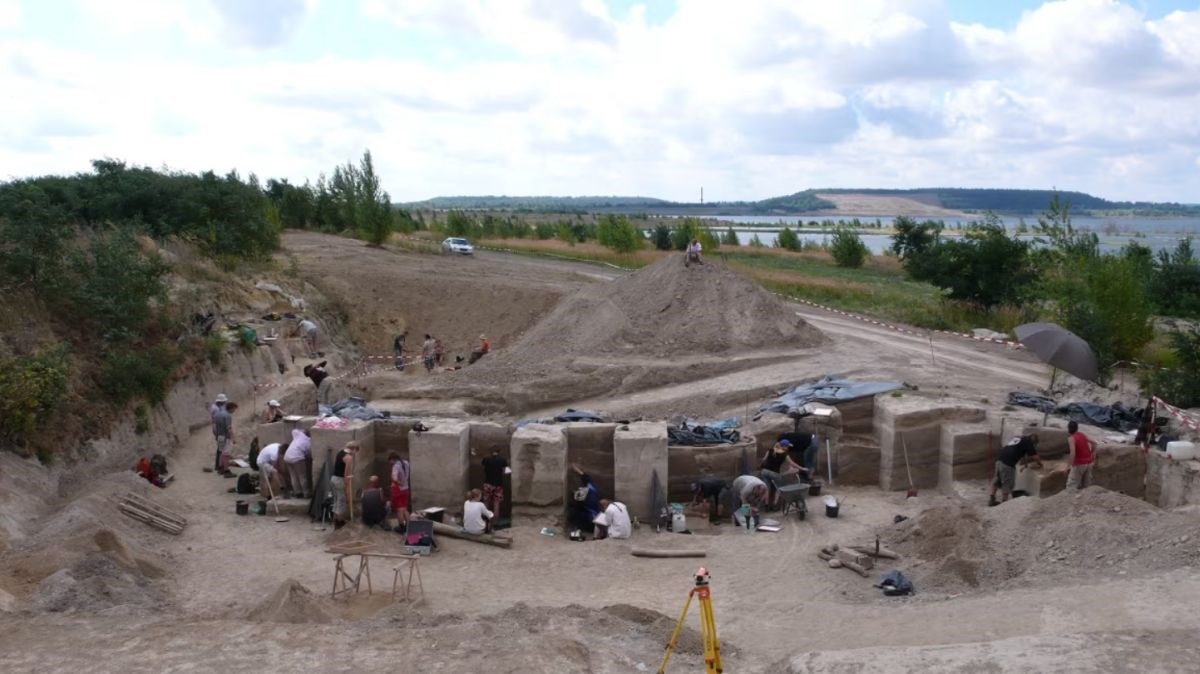Imagine this: Neanderthals, those ancient Stone Age humans, were not just crude hunters but ran a real fat factory 125,000 years ago! Yes, you read that right. In the area of present-day Germany, near the city of Halle, archaeologists discovered evidence that Neanderthals systematically processed animal bones to extract precious bone marrow fat. This fat was not just a random byproduct but a carefully planned resource, shedding new light on their intelligence and organization.
How did they do it? Using stone hammers, they smashed bones rich in marrow, then boiled them for hours in makeshift containers made from birch bark, animal skins, or stomach linings. The fat would float to the surface and could be collected after cooling. This process was not easy and required planning of hunts, transporting, and storing carcasses, indicating Neanderthals had sophisticated survival strategies.
Why fat? Their diet mostly consisted of lean meat, which was insufficient for daily energy needs. Excessive protein intake could lead to a dangerous condition known as protein poisoning. Fat from bones was a crucial source of non-protein calories necessary for survival.
This discovery is yet another proof that Neanderthals were not the dumb brutes they were once portrayed as. On the contrary, they made glue, engraved bones, crafted jewelry, and painted cave walls. This fat factory might be the greatest evidence of their exceptional adaptability and intelligence.
So next time you think of Neanderthals as primitives, remember this fat factory and their genius. What do you think — were our ancient relatives smarter than we ever imagined? Drop a comment, maybe together we’ll uncover another Stone Age secret!







































